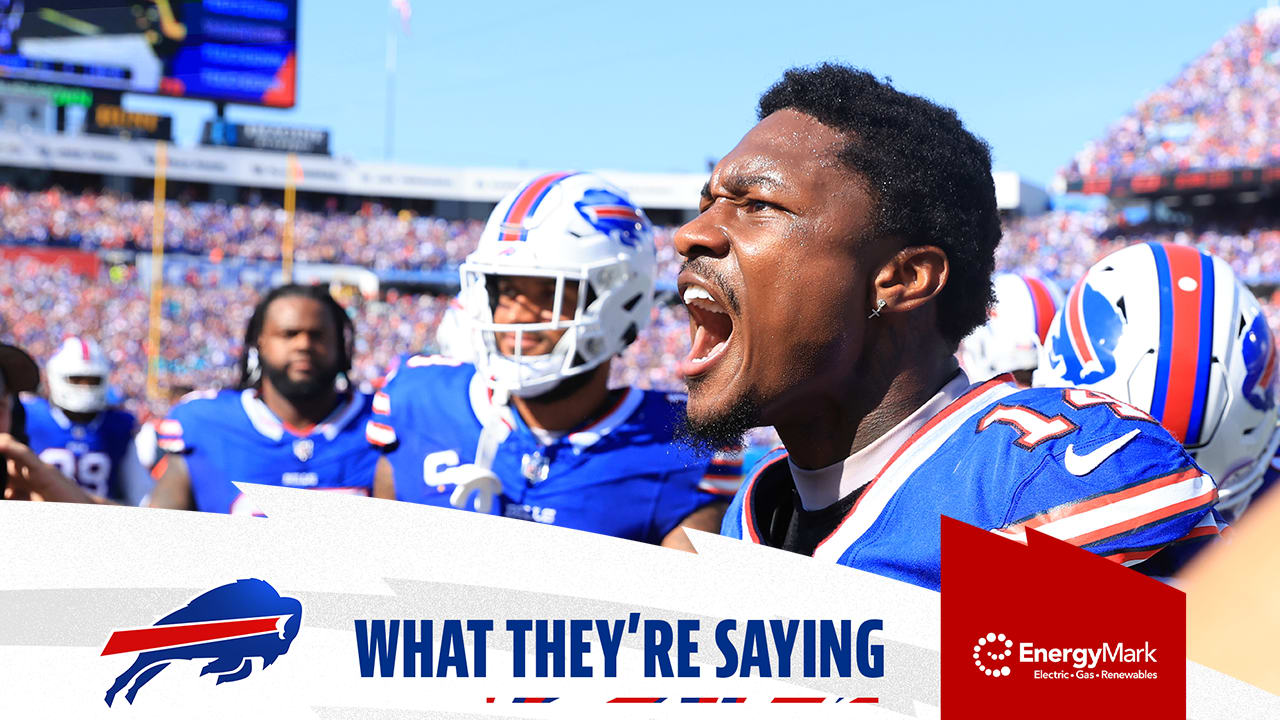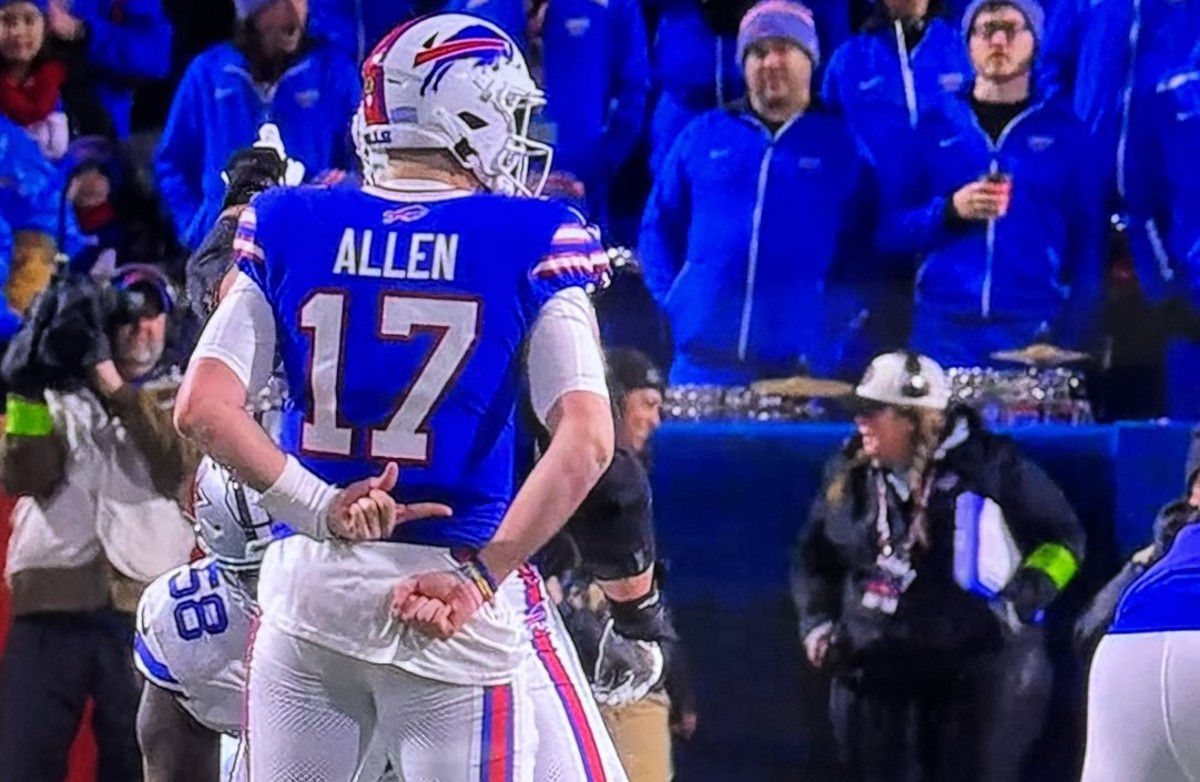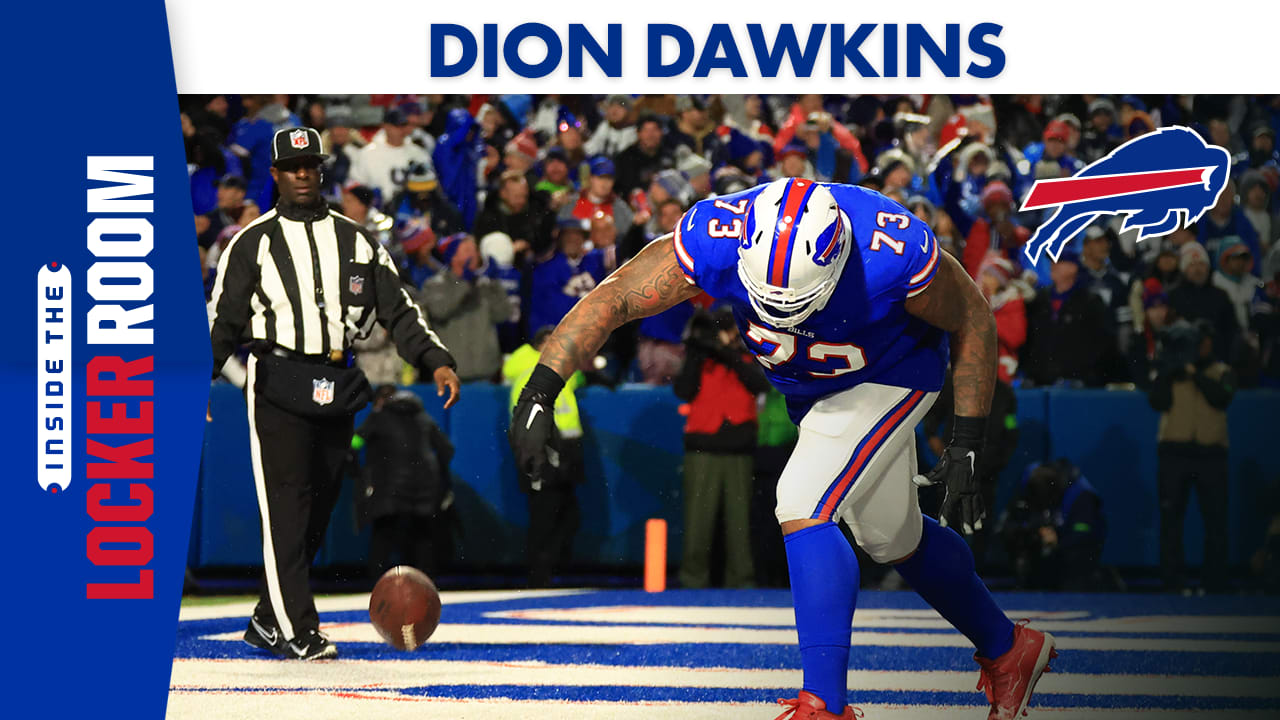

ORCHARD PARK, NEW YORK — After a devastating last-second loss to the Denver Broncos on Nov. 13, Josh Allen sat in his postgame news conference with his hat pulled low, concealing his eyes at times.
“Sucks, shouldn’t have been in that position in the first place,” Allen went on to say. “A lot of bad football, a lot of bad football.”
The Bills finished 5-5. With one of the league’s toughest schedules still ahead, making the playoffs, let alone winning the AFC East, appeared to be a distant chance. The following morning, offensive coordinator Ken Dorsey was sacked, and quarterbacks coach Joe Brady was named as an interim replacement.

The club had lost four of its previous six games and had only scored 25 points once during that time. There were noticeable defensive injuries, and things were not working.
Just over a month and four games later, the mood around this team couldn’t be more different. The Bills are coming off victories over the Kansas City Chiefs and Dallas Cowboys, two of the league’s finest teams, and now have three games remaining to make the playoffs: at the Chargers, at the Patriots, and at the Dolphins. With the Bills behind Miami by two games, the division is once again within reach.
According to ESPN Analytics, the Bills had a 21% probability of making the playoffs as of Week 14. This figure has now risen to 64%. Since 2021, the team has won eight straight games in December, the second-longest active streak behind the Bengals (nine) and the longest in franchise history.
“It all comes down to winning,” Allen stated this week. “Again, just trusting the guys in this locker room, I feel like it’s a situation we’ve been in before and just using that previous experience that we have to carry us over.”
But, with the Bills regarded as one of the top teams in the AFC while remaining out of the playoffs, have the midseason issues truly been forgotten? Is this team back and ready to go? Let’s take a look at the midseason woes and see how they’re progressing.
The first issue is turnover.

The Bills had a plus-6 turnover margin (third in the league) from Weeks 1-4, but that number turned to negative-9 from Weeks 5-10, the worst in the league during that span. That number has risen to plus-6 (third) since Week 11.
Why the shift?
Only three of the six games during the downswing had a takeaway, but the Bills defense has had at least one turnover in every game since Week 10. Rasul Douglas was acquired at the trade deadline and recorded two interceptions and a fumble against the Jets.
When rushing four or more guys since Week 11, the Bills have allowed a 55.2% completion percentage (second) and five interceptions (third), compared to a 70.5% completion percentage (27th) and zero picks in those situations from Weeks 5-10.
“Coach [Sean] McDermott has challenged us to create our own identity and to find our identity and I feel like these last few weeks, I feel like we’ve done that,” Terrel Bernard, the defensive end, said. “… Our whole thing is to be fast, physical, stop the run, affect the quarterback, and take the ball away.”
Offensively, Allen broke a nine-game interception skid against the Cowboys, and while throwing interceptions is unavoidable with his style of play, the bad decisions stacked up at times. The Bills offense is now on the same page, and mistakes have been restricted to some extent.
Drops continue to be an issue on halted drives. Nine of the team’s 21 drops have occurred in the last four games.
Conclusion: Incomplete. This one requires a larger sample size, but it’s definitely headed in the right way.
Problem 2: Running backs’ roles are being reduced.
/cdn.vox-cdn.com/uploads/chorus_image/image/72631652/1446145947.0.jpg)
After the Cowboys won, this speaks for itself. It took some time for the Bills to achieve their aim of increasing yards after catch in the offense, but with the running backs becoming more engaged, that vision is being realized.
Since Brady took over play calling, second-year running back James Cook has averaged 141 scrimmage yards and 21 touches per game, ranking third and tied for third in the NFL during that period. Over the first ten games, he averaged 83.7 scrimmage yards and 14.4 touches.
Brady’s use of running backs as receivers has proven crucial. Cook and tight end Dalton Kincaid have matched for the team’s second-most receptions in the last four games, and the team’s two backs, Ty Johnson and Latavius Murray, have a combined 10 receptions in those games.
“When James came in last season, we probably didn’t get him enough targets in that and that takes time … that takes work with the quarterback and rep upon rep,” McDermott said in an interview. “So now you’re starting to see some of that, in addition to the running game as well.”
With Dorsey calling the plays, the running backs had 13 receiving first downs and one receiving touchdown, and 12 first downs and four receiving scores afterward.
With the success of the rushing game behind the offensive line and the backs assisting Allen in receiving, the quarterback will have less to bear.
The verdict is correct. Brady has altered this aspect of the Bills offense, and it is not going away.
Problem 3: A lack of defensive adjustments in the second half.
All of the Bills’ losses have been by one touchdown, and there have been several times this season where the defense has enabled the opposing team to claw its way back into games, the most recent being the loss to the Philadelphia Eagles.
This club has allowed the fifth-most yards per play (5.4) and tied for the seventh-most opponent points per game (7.3) in the fourth quarter or overtime.
Going into the team’s bye week following Week 12, no team had allowed more points per game (11) or a higher third down conversion rate (62.5%) in one-score games entering the fourth quarter or overtime.
This has improved slightly. After enabling Kansas City to rally from a 17-7 deficit to tie, the defense was able to get a crucial stop within of two minutes (with the help of a much-discussed offensive offside penalty). The defense then hung on to limit the Cowboys, but only with a large lead.
“We know that to get to our ultimate goal, we’ve gotta continue to build on what we’ve done and to continue to get better,” he said. “I feel like the last few weeks we’ve taken steps in the right direction, and everybody knows the standard that we need to play at and that we have to play at.”
Conclusion: A work in progress. This has shown signs of progress, but not enough to declare it totally corrected.
Problem 4: Inadequate offensive energy
This week, Brady described Allen as having “a lot of joy playing ball right now.” That’s not fully quantifiable or easily aligned with statistics, but with the change in offensive coordinator, a certain enthusiasm has come over this offense, which several players have acknowledged Brady has contributed to.
Allen talked having a “low positive” approach in October to keep his energy low and let him to think more, and there were instances during games when his celebrations were more subdued than usual and he wasn’t displaying his personality as much.
That side of Allen has become more visible on the field recently, with the quarterback demonstrating his running abilities with an increase in carries and displaying his emotions in a number of ways.
Despite the ups and downs, he’s put up MVP-like stats, setting the record for the most games with a passing and running touchdown in a season (10) and is three touchdowns shy from tying Tom Brady for the second-most seasons with 40 passing/rushing touchdowns (four).
“We had to really figure out what we wanted our identity to be and I feel like … this year we didn’t really know that until the past few weeks and guys were kind of just … all over the place,” Gabe Davis, the team’s wide receiver, said. “But now being more consistent, figuring out the things that we need to work on and getting good at those things has helped us be more consistent on Sundays.”
The problem has been solved. The Bills’ energy level has returned to what has been expected over the last few seasons.


Leave a Reply